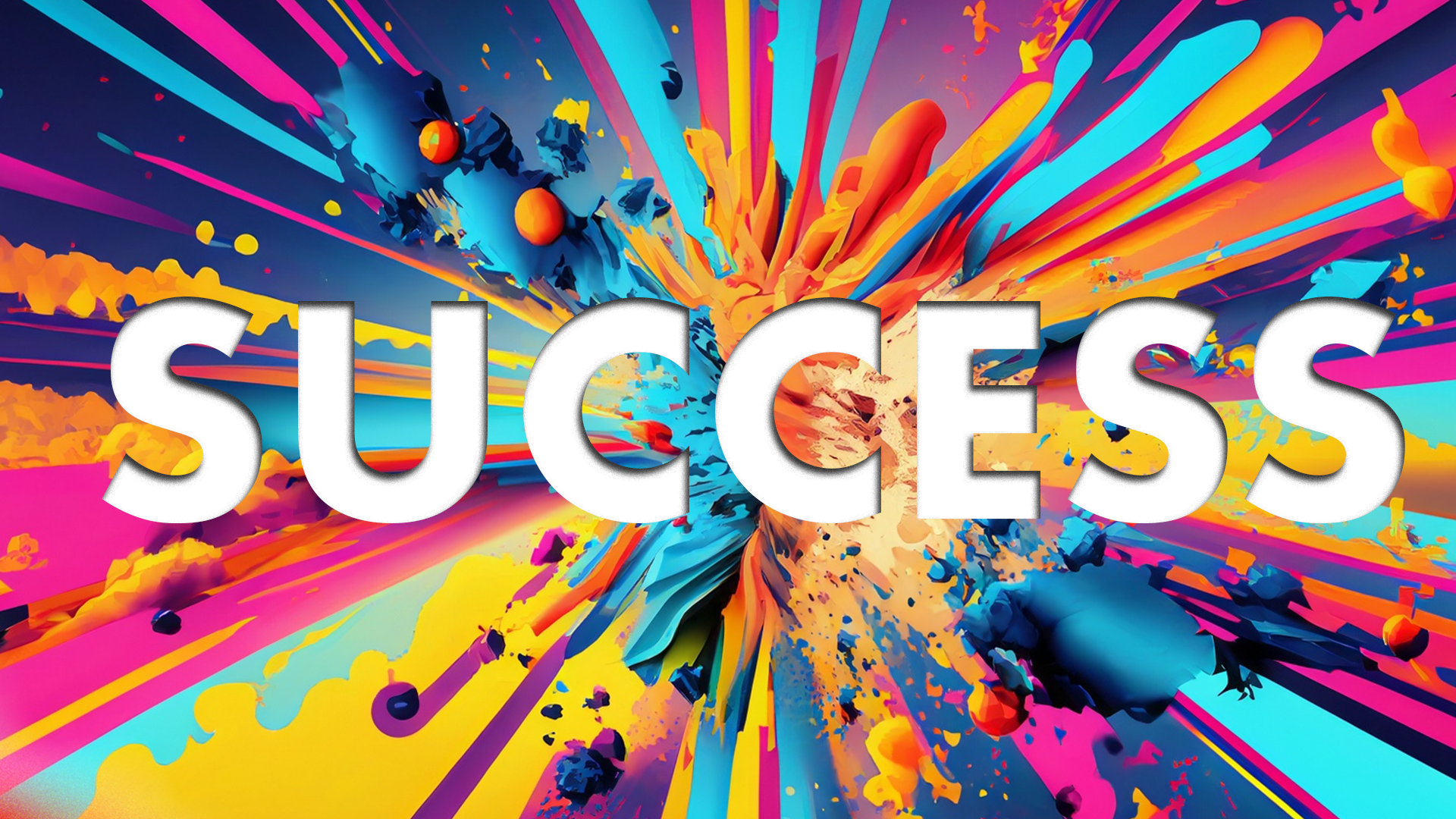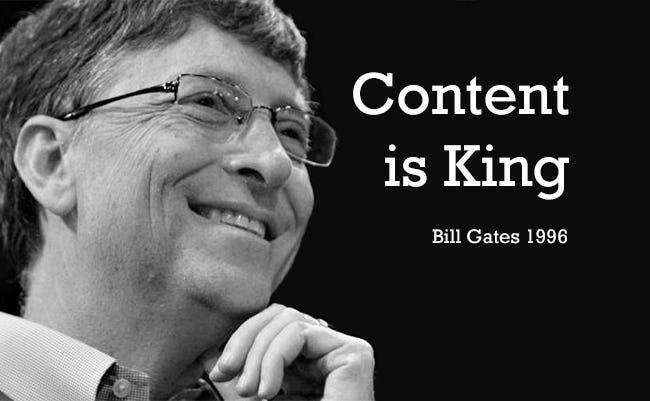
What is Design-led Storytelling?
Design-led storytelling is Content Creatures’ creative approach to every project we work on. Ever since the agency launched in 2014, we’ve developed and honed our strategy, drawing on experience from previous roles as well as the lessons we’ve learnt navigating the ever-evolving creative landscape.
This article looks at why Design-led Storytelling is important, what it represents in theory and in practice. We’ll consider the origins and trends of content and video marketing, look the need to maintain brand heritage whilst creating difference, and examine the psycho-social roots of storytelling that makes relatable narrative key to a successful campaign.
Content is King, Long live the King!

It has been nearly 30 years since Bill Gates wrote his famous ‘Content is King’ article that coined a phrase and sparked trends in entertainment, media and marketing that show no signs of abatement.
Since 1996, content creation has exploded. Not only keeping up with the growth of the internet, but far-out-stripping the increased use of digital screens. In the field of content marketing, data and case studies abound, demonstrating the effectiveness of video marketing and the growth of multi-screen content consumption.
Digital marketing out-spent traditional marketing for the first time in 2017. In the same year Forbes noted that revenue grew 49% for those marketers using video compared to those who did not. Such stats continue to proliferate, with numbers getting bigger each year.
A tangible case study is the impressive brand and sales growth of Gymshark against Under Armour after the former developed a video content strategy and built out a campaign across TikTok, Instagram and YouTube.
What is clear from these studies is that the quality of content matters more than ever before. However, consumers are finding themselves bombarded with content constantly.
The democracy of digital marketing platforms
The problem marketers now face is that while content is king, we live in a digital landscape overpopulated by kings. For audiences, it is noisy, fractious and sometimes chaotic.
Entrenched brands with well-developed content marketing strategies and sizeable resources naturally occupy more and more of the digital environment, making it harder for less-established brands and those with more limited resources to find a foothold.
On the plus side, the glut of Content Kings has made marketing platforms more democrat. There will always be those big brands who shout loudest, but smart content strategy and compelling creative has the power to cut-through.
Here, differentiation is critical. To stand out, content must deliver on multiple levels in a minimal amount of time. (Even LinkedIn users, who are more generous with their time than those on other platforms, typically watch a maximum of thirty-seconds of a video). With so little time to impress, video marketing content must successfully blend several attributes so that it:
- Captivates,
- Relates,
- Informs,
- Inspires,
- and, is Memorable
Design-led Storytelling: Our holistic approach to video content marketing
At the heart of our design-led storytelling philosophy is our story (naturally).
It goes a bit like this:
Once upon a time, two people from distinct creative backgrounds met. One had followed the path from big agencies like Legas Delaney and branding legends Lambie Nairn. The other had wandered the broadcast landscape for twenty years, creating long- and short-form content. Both were tired of the old debate of ‘brand v content’, and decided there must be a better way, a strategy that didn’t treat design or story as superior to the other, but combined them equally to deliver engaging marketing content.
That’s not quite the end, and like all stories, it glosses over the detail, but in essence that’s how Content Creatures started.
Design-led: Visual identity rooted in not to brand guidelines.
For us, being Design-led is about rooting visual development in brand identity. This doesn’t mean we don’t originate, it means we take brand guidelines, brand values and brand history and use them as them as the foundations for visual concepts.
Many marketing campaigns stick rigidly to existing brand guidelines, blocking themselves in at the cost of delivering a coherent and engaging message. The problem here is that if every piece of content looks the same, how do consumers recognise a new campaign? There is very little time to capture a person’s attention when they are scrolling, something has to mark out a new video as different from what they have seen before.
Occasionally, marketers will break free of the brand and opt for a distinctively different creative. While there is merit in this approach. The new visual direction is likely to stand out, but it risks alienating those who know and trust the brand – particularly, people who put a lot of stake in brand heritage. An additional consideration is that memory improves by accumulation. Even if a brand’s history isn’t consciously important to a consumer, opting for a completely fresh visual route will hinder recall. The recent Twitter rebrand to X is an example of the negative effects of the new.
Branding is incredibly important, but we think it’s better to see guidelines as guidelines, not commandments. The guidance they provide is a framework of do’s and don’t, between them is a liminal space that designers and creatives can explore.
This means we think about the visual identity of a brand for every project, and these visual concepts exist on a spectrum between those that are close to what has been done before and those that stretch it. We never divorce a campaign from the brand reality, but that doesn’t mean it can’t behave differently from time to time.
Storytelling: recognising that marketing audiences are human beings
Much has been written about the human imperative to tell stories. Our ability to identify information from narrative and retain it, far more precisely than if presented with the same information natively, is well-documented. Our brains have evolved to picture and contextualise story as if it were (almost) real. Alongside this, skilled storytellers can manipulate narrative to evoke emotion, triggering oxytocin, dopamine and serotonin.
It’s this emotional impact of stories that is so important to content marketing. Emotion connects the purpose and value of a product or service to a person. It enhances their ability to see how a brand can improve their life and inspires them to take action – to click on a button, sign up to a website, even buy a product. And it does all this in an undemanding way. From an anthropological perspective, it is a relatively recent phenomenon that people do what they are told. Humans prefer to feel in control of their destiny and to make their own choices. This is why rebels and revolutionaries appeal to audiences and why direct sales messages meet such negative reactions..
When we take storytelling once step further and apply it to video, we are translating words into pictures and sounds. It’s worth noting that the part of our brains for processing written words is remarkably small compared to the occipital lobe (the corresponding part for processing visual stimulus). The brain is better equipped to absorb information presented visually and studies have shown it is nine times more effective at retaining detail from a video than a static source.
In conclusion
By combining well-designed visuals led by a brand’s identity with an identifiable narrative that defines a human problem and a product or services solution, our Design-led Storytelling approach delivers on all the key attributes discussed above. The resulting video content is captivating, relatable, informative, inspiring, and, above all, memorable not only in and off itself but as an extension of the client’s brand.
Find out more
If you’d like to find out more about how Content Creatures strategic approach to creative content marketing could elevate your next video campaign, why not book a meeting with our strategic partner?